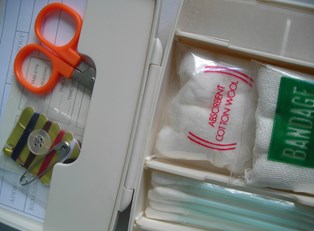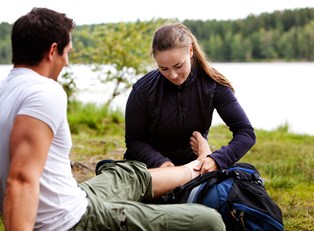You would think that buying a first aid kit would be a simple affair, but thanks to a proliferation of different kinds of kits designed for different situations, that’s not necessarily the case. If you’re thinking about purchasing one yourself, use these tips for making the right decision.
Choosing a Premade Kit
Buying a premade first aid kit is probably the easiest way to obtain one. With them, you never have to worry about forgetting essential items, since they come included already. Additionally, premade kits are typically less expensive than building your own. However, there is one key drawback to this approach: You don’t have control over what is included in the kit. While they’re sure to include the basics like bandages and gauze, you may find that it doesn’t include all the exact items that you’re looking for.
Making Your Own Kit
If you want complete control over what’s included in your first aid kit, making your own is the way to go. As mentioned earlier, this method is a bit more expensive, since you’ll be purchasing a lot of individual items, but regardless, it shouldn’t be too pricey. Important items to remember for your kit include bandages, antibiotic ointment, tweezers, pain relievers like ibuprofen, and antihistamines. Once you’ve purchased all your items, don’t forget to buy a container for them as well, so that you’ve got easy, one-stop access to all of them.
Buying Multiple Kits
Some people choose to buy multiple first aid kits—typically one for their home and one they use when travelling. Whether this is a good idea for you depends a lot on your unique situation. If you’re frequently away from the house, it may be a good idea to keep a second one in your car, but it doesn’t necessarily have to be as extensive as your primary one.
Restocking Your Kit
Initially buying a first aid kit is a good first step, but don’t forget that you’ll need to keep it stocked well for it to be of any use. Get in the habit of checking your supplies every one to two months to make sure you’re not missing any important items. When purchasing supplemental items, try to buy in bulk if you can—that way you’ll save a little money and won’t need to restock as often.




